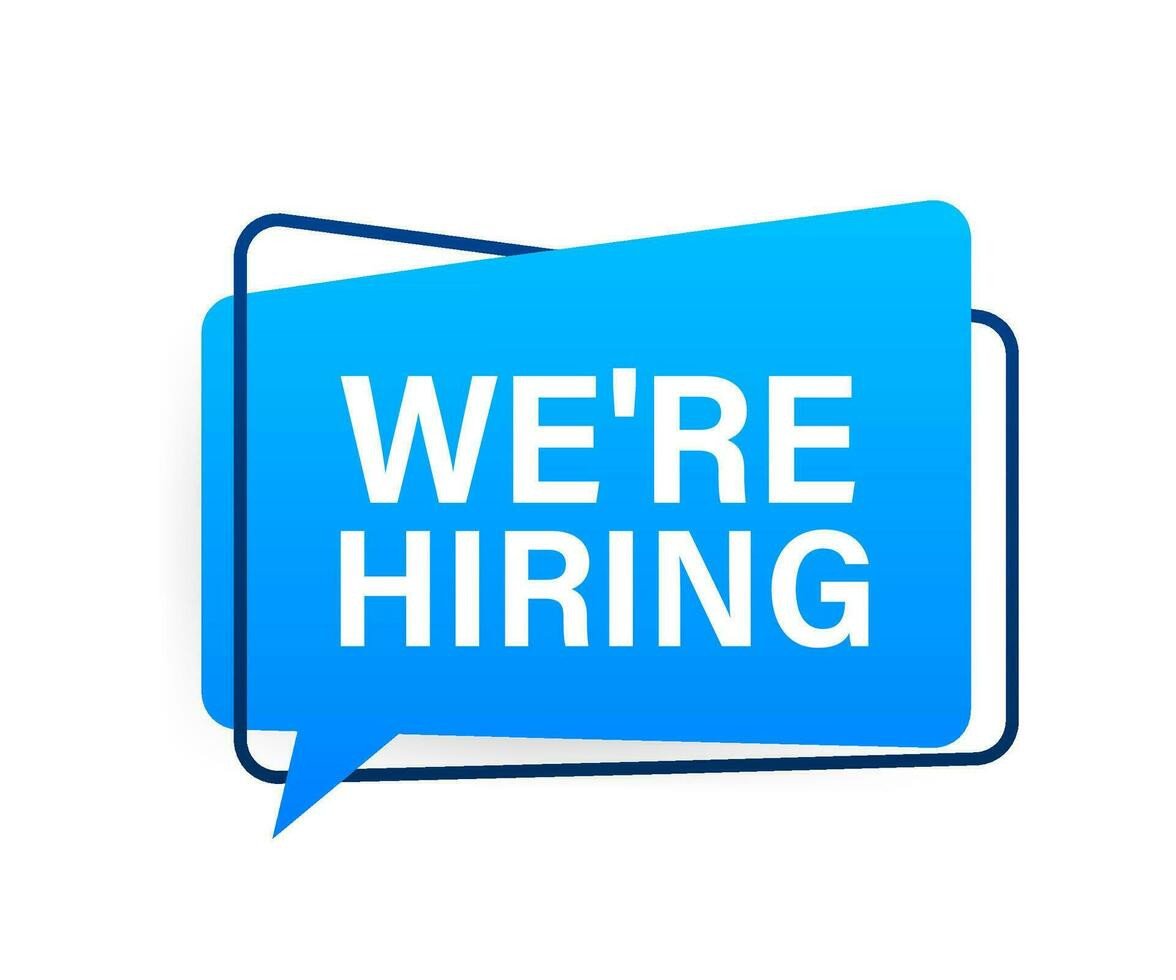Marketing Momentum: Driving Engagement through Design

Marketing Momentum: Driving Engagement through Design
Marketing Momentum: Driving Engagement through Design
In the digital age, design plays a pivotal role in shaping how audiences perceive and engage with brands. From the layout of a website to the aesthetics of social media posts, design has become a powerful tool in driving engagement and building lasting connections with audiences. Marketing momentum is built when design not only captures attention but also encourages interaction, leading to a cycle of engagement, brand loyalty, and growth. Here’s how to use design as a catalyst to drive engagement across your marketing campaigns.
1. The Power of First Impressions
The first impression your brand creates is often through visuals. Whether it’s the layout of your website, the design of a social media post, or the packaging of your product, design plays a critical role in shaping that initial interaction. Strong, cohesive designs immediately communicate professionalism, trustworthiness, and relevance. When your design resonates with your audience from the start, it sets the foundation for deeper engagement.
2. Building Brand Identity through Design
Consistent design is essential for building a recognizable and trusted brand identity. Your logo, color scheme, typography, and overall design language should be unified across all platforms. This consistency creates familiarity, allowing audiences to instantly recognize and relate to your brand. When your design remains consistent and aligned with your brand’s values, it fosters trust, making audiences more likely to engage with your content.
3. Engaging Visual Content
Visual content such as images, videos, and infographics are highly effective at capturing attention on social media and other digital platforms. These elements not only break the monotony of text-heavy content but also make complex information more digestible. Well-designed visuals that align with your marketing message can help your audience understand your content quickly and encourage them to engage, whether it’s by liking, sharing, or commenting.
4. Interactive Design for Increased Engagement
Interactive design elements such as quizzes, polls, and animated content are great ways to engage your audience on a deeper level. By providing opportunities for users to participate actively, you invite them to become part of your brand’s story. Interactive content not only increases the time audiences spend engaging with your material but also boosts brand recall and encourages sharing, expanding your reach.
5. Mobile-First Design
With the majority of users accessing content on mobile devices, a mobile-first design approach is no longer optional; it’s essential. Designs optimized for mobile devices improve user experience by ensuring faster load times, easy navigation, and better readability. When your design is seamless across all devices, you create a smooth experience for users, which leads to higher engagement and reduced bounce rates.
6. Leveraging Emotion in Design
Design has the power to evoke emotions, and this emotional response is key to driving engagement. By strategically using color, imagery, and typography, you can convey emotions such as excitement, trust, or urgency. Understanding how your audience feels and designing content that taps into those emotions can create a deeper connection and increase the likelihood of engagement.
7. Continuous Optimization and Feedback
To keep your marketing momentum going, continuous optimization is crucial. Analyze data on how your audience is engaging with your designs, and use that feedback to make improvements. Whether it’s testing different color schemes, layouts, or types of content, adjusting based on performance helps you fine-tune your approach and consistently deliver designs that resonate with your audience.
Conclusion
Design is not just about aesthetics; it’s a key driver of engagement in the digital world. By creating visually appealing, consistent, and interactive designs, you can build strong connections with your audience and maintain marketing momentum. As you continue to evolve and optimize your design strategy, you’ll be able to drive more engagement, foster brand loyalty, and propel your brand to new heights.

 EN
EN
 AR
AR



